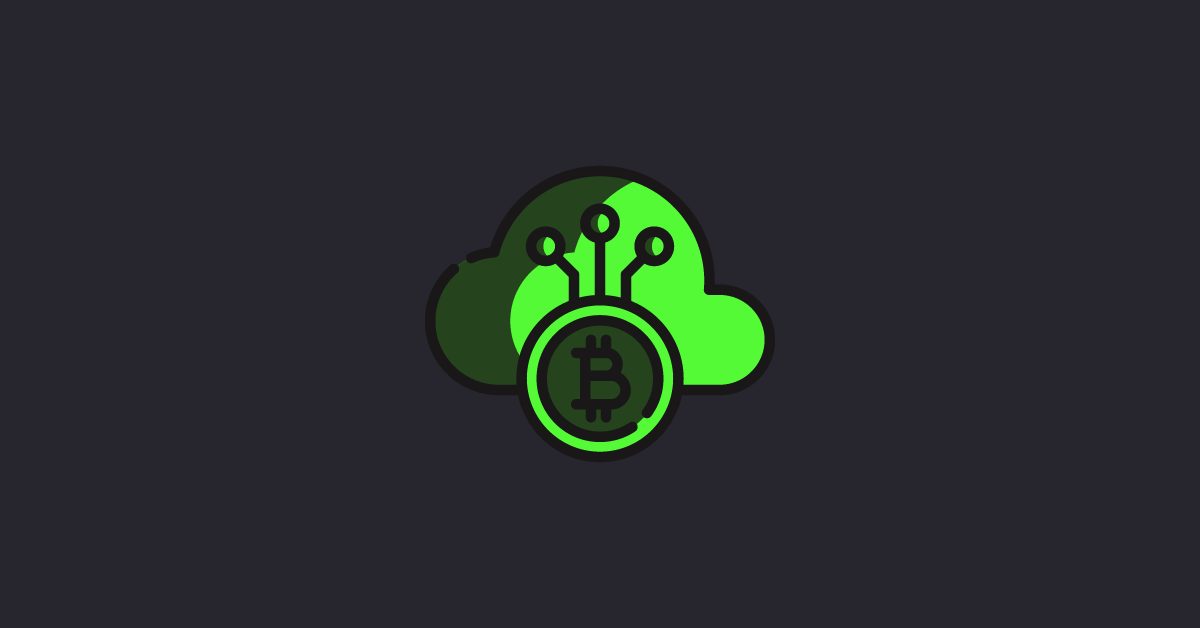


What Happens to Bitcoin After All 21 Million Are Mined?
- By Kriss
- Published on: August 5, 2021
Bitcoin is similar to digital gold in many respects. Bitcoin, like gold, cannot be created at will; “extracting” it takes time and work. Unlike gold, which must be extracted from the soil, bitcoin must be “mined” using computer technology.
In addition, Bitcoin’s source code stipulates that it must have a restricted and finite quantity. As a result, only 21 million Bitcoins will ever be manufactured. These Bitcoins are added to the Bitcoin supply at a set rate of one block every ten minutes on average. Furthermore, every four years, the number of Bitcoins released in each of the aforementioned blocks is cut by 50%.
There are only 21 million Bitcoins in total
The total number of Bitcoins that may be mined is actually only 21 million. Once miners have unlocked this number of Bitcoins, the supply of Bitcoins will be depleted. It’s possible, however, that the protocol underpinning Bitcoin will be altered to allow for a higher supply. What will happen if Bitcoin’s worldwide supply reaches its limit? This is a source of debate among Bitcoin supporters.
Approximately 18.5 million Bitcoins have been mined to date. There are only roughly three million Bitcoins left to be distributed.
Bitcoin mining rewards
The first 18.5 million Bitcoins were mined in the first ten years of the Bitcoin network’s existence. With only three million coins left to mine, it may appear like Bitcoin mining is nearing its end. This is correct to a point, but only to a point. Although the great majority of Bitcoins have already been mined, the timeline is a little more convoluted.
The Bitcoin mining method rewards miners with a share of the Bitcoin when a block is successfully verified. This procedure evolves over time. When Bitcoin first began, the reward was 50 Bitcoins. It was decreased to 25 Bitcoins in 2012. In 2016, it was reduced one further, to 12.5 bitcoins. Miners receive 6.25 Bitcoins for each new block mined as of February 2021, which is approximately $294,168.75 in today’s worth. Every four years, this effectively cuts Bitcoin’s inflation rate in half.
The award will be half every four years until the final Bitcoin is mined. In reality, the last Bitcoin isn’t expected to be mined until around 2140. It’s possible, however, that the Bitcoin network protocol will be altered between now and then.
Bitcoin miners and the effects of a limited Bitcoin supply
Bitcoin miners, it appears, will be the group most directly impacted by the bitcoin supply limit. Some critics of the protocol believe that if the Bitcoin supply reaches 21 million, miners will be forced to abandon the block rewards they earn for their efforts.
Even after the last Bitcoin has been mined, miners are expected to continue participating in and validating new transactions in a competitive and active manner. This is due to the fact that every Bitcoin transaction incurs a transaction fee.
These fees, which currently amount to a few hundred dollars per block, could escalate to tens of thousands of dollars per block as the number of transactions on the blockchain increases and the price of Bitcoin rises. It will eventually operate as a closed economy, with transaction fees assessed similarly to taxes.
Special examination
It’s worth noting that the Bitcoin network’s ultimate token is estimated to take more than 100 years to mine. Miners will almost certainly spend years acquiring rewards that represent a small percentage of the total bitcoin that will be mined as the year 2140 approaches. It’s possible that the mining process will entirely shift before the deadline of 2140, due to the severe fall in prize size.
It’s also worth remembering that the Bitcoin network will almost certainly alter dramatically between now and then. Given how much has changed in Bitcoin in just a decade, new protocols, new ways of recording and processing transactions, and a variety of other factors might all have an impact on the mining process.
The Office of the Comptroller of the Currency (OCC) letter legalizing the use of crypto as a mode of payment in January 2021, Paypal’s adoption of Bitcoin, and the recent notable incidents include Tesla’s acceptance of Bitcoin for Tesla vehicles and solar roofing. In May 2021, Tesla withdrew its decision to accept Bitcoin, citing environmental worries about the energy necessary to mine Bitcoin.
- Share via

Kiara Sofia Smith
My current focus is blockchain technology and cryptocurrency. One could even call me a blockchain “enthusiast.” I have worked for almost a decade on several financial projects related to the stock market news, fundamental research and technical analysis for several blogs.
Recent Posts


These Major Companies Accept Bitcoin as Payment

What You Should Know About These Three Types of Transaction Fees With Cryptocurrency?
About Us
We are friendly cryptocurrency community and our mission is to give the latest info access to the people.



